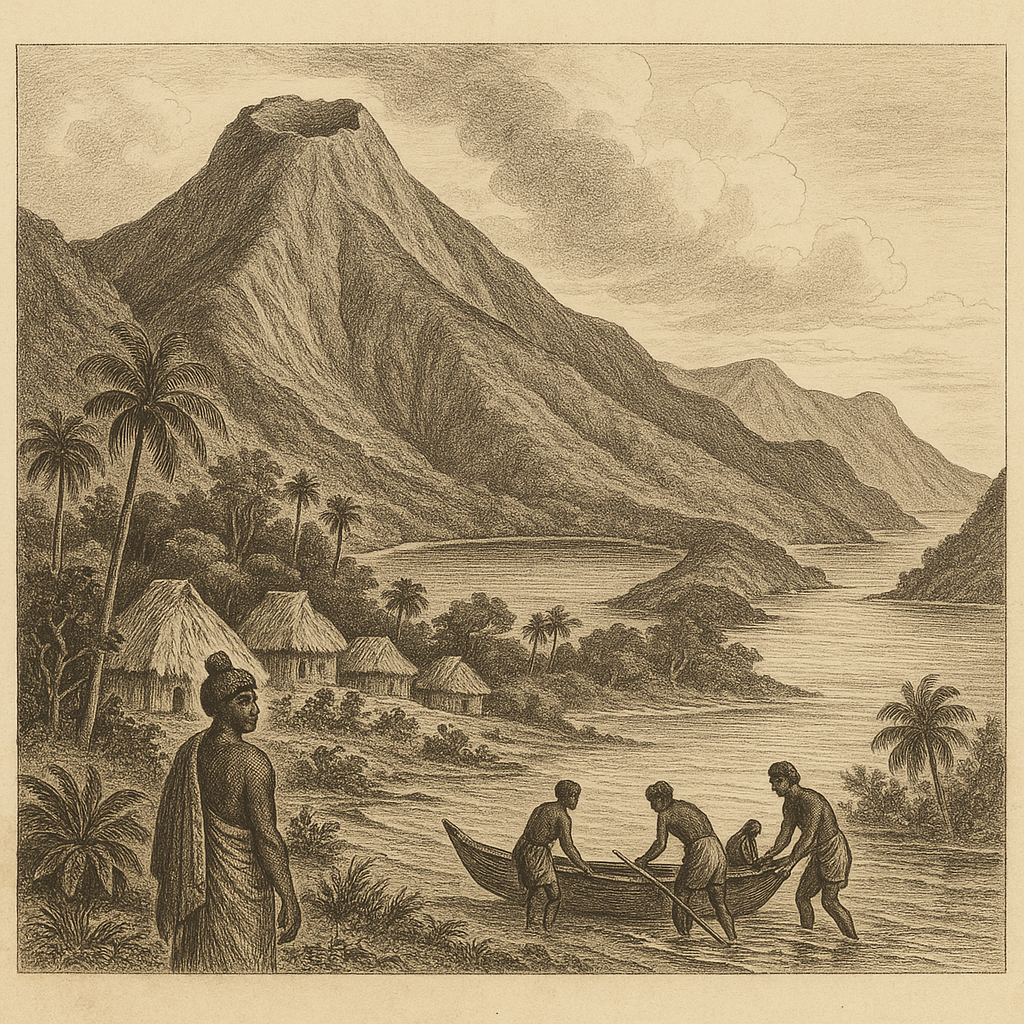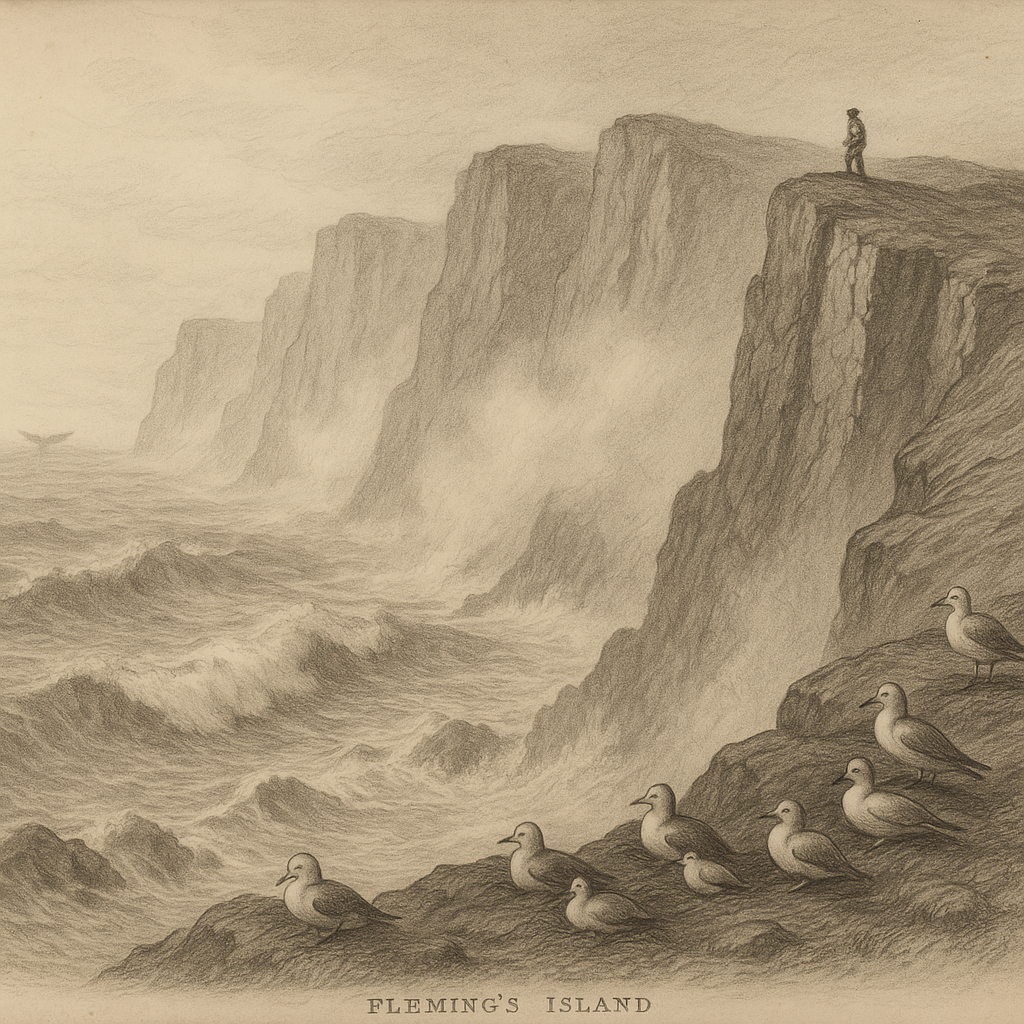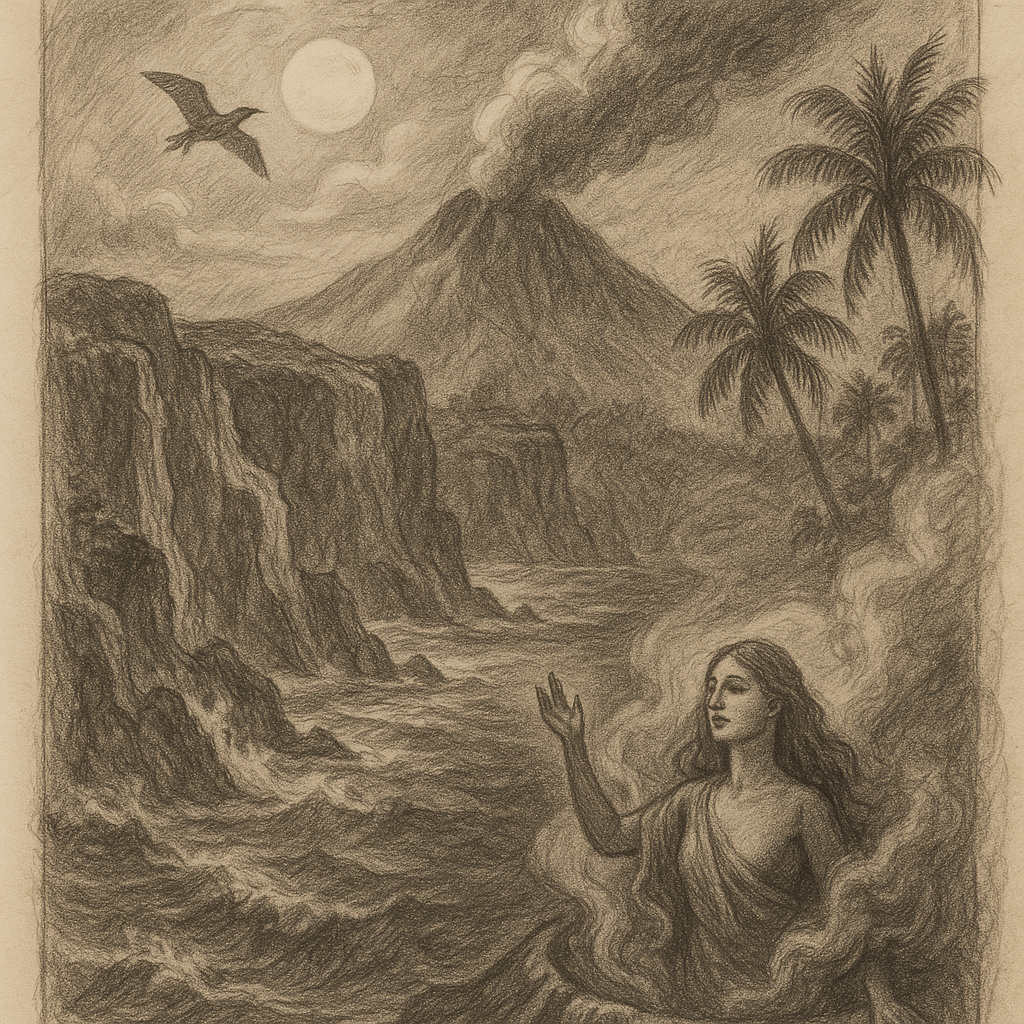Introduction to Tikopiaa Western Island Tikopiaa Western Island is a remote and culturally rich island nestled in the Solomon Islands, situated in the South Pacific Ocean. Part of the Temotu Province, Tikopiaa is one of the few remaining remote islands that continue to preserve its traditional way of life and natural ecosystem. Known for its breathtaking natural beauty, strict ecological balance, and a culture that dates back thousands of years, Tikopiaa offers unique insights into sustainable living and Polynesian heritage. Geographic Location and Overview Tikopiaa Western Island lies approximately 200 kilometers southeast of the Santa Cruz Islands and is part of the outer islands of the Solomon Islands archipelago. Despite being politically part of Melanesia, Tikopiaa is culturally and linguistically Polynesian. The island is volcanic in origin and covers an area of approximately 5 km². It stands out in the region for its unique geographical features, including steep ridges, lush green landscapes, and a central crater lake known as Lake Te Roto. Geological and Environmental Features Tikopiaa Western Island is an extinct volcanic island formed thousands of years ago. The crater from its ancient volcano now forms the scenic Lake Te Roto, which remains one of the island’s most iconic natural features. The surrounding land is fertile, with steep, terraced hills used for agriculture. Unlike many low-lying atolls in the Pacific, Tikopiaa rises about 380 meters above sea level, providing a more stable environment in the face of rising sea levels and tropical cyclones. The island’s tropical climate includes heavy but seasonal rainfall, contributing to its lush vegetation. Native flora includes coconut palms, banana trees, and breadfruit, while local fauna are limited due to the island’s small size and isolation. Efforts have been made by the locals to prevent ecological degradation, including strict population control and land use practices. Cultural and Social Aspects The inhabitants of Tikopiaa Western Island live in a highly organized society that reflects deep-rooted Polynesian traditions. With a current population of around 1,200 people, the island is divided among four patrilineal clans, each with its own chief. These chiefs operate under a conservative and tightly knit system of governance that has remained largely unaffected by outside influences. Tikopiaa society is known for its strict observation of resource management policies. For example, methods such as rotational planting and controlled fishing are used to ensure sustainable food sources. Interestingly, Tikopiaans practice traditional birth control, including celibacy, extended breastfeeding, and even adoption and migration to maintain population levels in balance with available resources. Unique Facts and Points of Interest One of the most fascinating aspects of Tikopiaa is the community’s self-regulatory system. In the face of potential starvation during the 17th and 18th centuries, the Tikopians reportedly slaughtered their entire pig population to prevent further strain on their food resources – a decision that reflects their advanced understanding of ecological balance and social governance. Another point of interest is the Tikopia navigation tradition. Despite their small island, Tikopians maintained trade and communication with other Polynesian islands using outrigger canoes and celestial navigation – skills passed down through generations even before the arrival of European explorers. Tikopiaa was also thrust into international awareness following the devastating Cyclone Zoe in 2002, one of the most intense tropical cyclones ever recorded in the South Pacific. Remarkably, the community’s traditional housing made of flexible materials and strategic placement on high ground allowed the islanders to survive with minimal casualties. Legends and Oral Traditions Tikopiaa Western Island, like many islands in the Pacific, is rich in oral tradition and mythology. One of the most revered legends is the tale of Ngarima-ngarima, the ancestral navigator who is said to have guided the first settlers to the island using star navigation and spiritual visions. According to legend, Ngarima-ngarima sailed from a distant land called Havai’i (possibly a reference to the ancestral Polynesian homeland) guided by ancestral spirits who appeared in dreams. It is also said that the lake in the center of the island, Lake Te Roto, was created when the god Tagaro threw a flaming spear at the island to bless the people with fresh water after a long drought. The spear struck the extinct volcano, and fresh water sprung forth, filling the crater. To this day, the lake is considered sacred and is used in ceremonial activities during times of need or celebration. Local folklore also includes animal spirits, such as turtles and fish, believed to be ancestors taking the form of nature to watch over the island. These myths reinforce a deep spiritual connection between the people and their environment, shaping their customs and laws with reverence for the land and sea. Access and Preservation Access to Tikopiaa Western Island is limited due to its remote location and the need to preserve its delicate environment and unique culture. There is no airport on the island, and transportation is only possible via infrequent boat services from other parts of the Solomon Islands. Visitors must obtain permits and are expected to respect local customs and environmental rules. Scientists and anthropologists who have received permission to study the island often remark on the extraordinary balance between human habitation and nature. The island serves as a valuable case study for sustainable living and traditional ecological wisdom. Conclusion Tikopiaa Western Island remains a jewel in the South Pacific, not only for its breathtaking beauty but also for its enduring commitment to tradition, sustainability, and ecological balance. Protected by strong cultural values, myths, and an unbreakable connection to nature, Tikopiaa stands as a model of resilience and harmony in an increasingly modern and environmentally fragile world.

Tikopiaa Western Island
Do you like my work? Buy Me A Coffee
Do you like my work? Buy Me A Coffee
-

Tikopiaa Western Island
Introduction to Tikopiaa Western Island Tikopiaa Western Island is a remote and culturally rich island nestled in the Solomon Islands, situated in the South Pacific Ocean. Part of the Temotu Province, Tikopiaa is one of the few remaining remote islands that continue to preserve its traditional way of life and natural ecosystem. Known for its…
-

Fleming Island
Fleming Island: A Remote Gem in the North Atlantic Fleming Island is an isolated, rarely visited landmass nestled in the vast expanse of the North Atlantic Ocean. While not widely known to the general public, this island holds compelling geological, ecological, and cultural significance. Located roughly 1,200 kilometers off the northeastern coast of Canada, Fleming…
-

Agrihan East Island
Discovering Agrihan East Island: A Hidden Gem of the Northern Marianas Agrihan East Island is an isolated landmass located in the Northern Mariana Islands chain in the western Pacific Ocean. Part of a volcanic archipelago formed by tectonic activity, this little-known island is a treasure trove of natural beauty, geological complexity, and cultural mystique. With…
by
Tags: